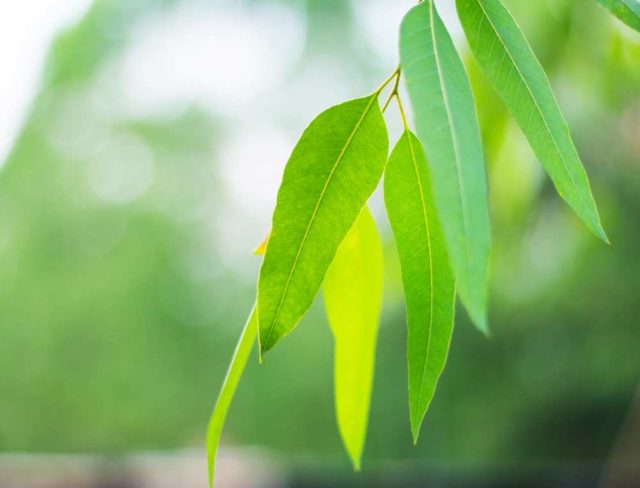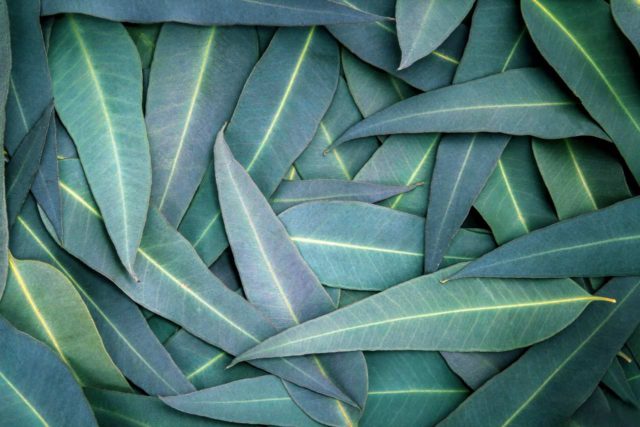How To Grow Eucalyptus
The genus Eucalyptus is very vast and includes more than 600 species, all native to Australia and neighboring islands, they are shrubby or arboreal plants that grow in very different environments, in tropical forests with hot-humid climate, in dry and sunny deserts, or even in mountain areas with cold winter climate.
The Various Types Of Eucalyptus
Although different in development, the shape of the foliage, size, shape, and color of the leaves, size and color of the flowers, and many other characteristics, the eucalyptus trees are unmistakable for the silvery or glaucous color of the leaves, for the characteristic aroma that emanates from the leaves and other parts of the plant, for the confirmation of the flowers reminiscent of that of myrtle (made the due proportions), the flowers can be small and grouped, the color varies from white to red in a different shade, the large silvery flower buds, present in some species, are very ornamental and are preserved for a long time in the dry state.

Where To Plant Eucalyptus
Eucalyptus globulus, Eucalyptus rostrata, and other similar varieties, such as windbreaks or for reforestation in coastal areas, are planted in warm or mild climate zones. These eucalyptuses are very fast-growing and highly developed, they grow every year even more than 3 m, easily exceed 20 m in height, and have slender foliage. In colder climates and in northern regions, as far as the olive tree grows and even beyond, it is best to plant Eucalyptus gunnii with young round leaves and adult lanceolate leaves, but always a beautiful silvery color, or Eucalyptus niphophilia with adult lanceolate, thin, light green or glaucous leaves, the first has bark that is initially light and then grey-brown, while the second has bark that gradually flakes off into large plates and varies in color from light cream to grey, up to reddish-brown. The Eucaiyptus gunnii can often be pruned so that the plants can be grown in a hedge form, in this way the twigs are renewed annually and thus preserve the beautiful young foliage forever.
Also read:How to Start a Garden with Vegetable Scraps
Where To Place Eucalyptus Plants
The ground must be deep, loose, and fresh. Eucalyptus needs exposure to the sun, and this should be taken into account when positioning the plants. As for the distance between the plants, considering their growing size, no less than six to eight meters from each other. Eucalyptus trees need specific watering, through irrigation, only if the summer temperatures become so high that they put the soil at risk. In any case, it is good not to exaggerate with water because eucalyptus is very sensitive to water stagnation. Those that then create the conditions for the proliferation of bacteria, molds, and microorganisms.

Eucalyptus In Vase
The most suitable species to grow at home this wonderful plant is the eucalyptus gunnui, for a very simple reason, it is the slowest to grow, at an average rate of 30-45 centimeters per year. This allows, as far as possible, to enjoy the eucalyptus in a pot, and then transfer it into a larger one. Until it becomes indispensable to move the plant to a garden. Let’s not forget, in fact, that the eucalyptus can reach a height of up to 60 meters.
Translated and adapted by Limepedia staff.
Sources: Nonsprecare







